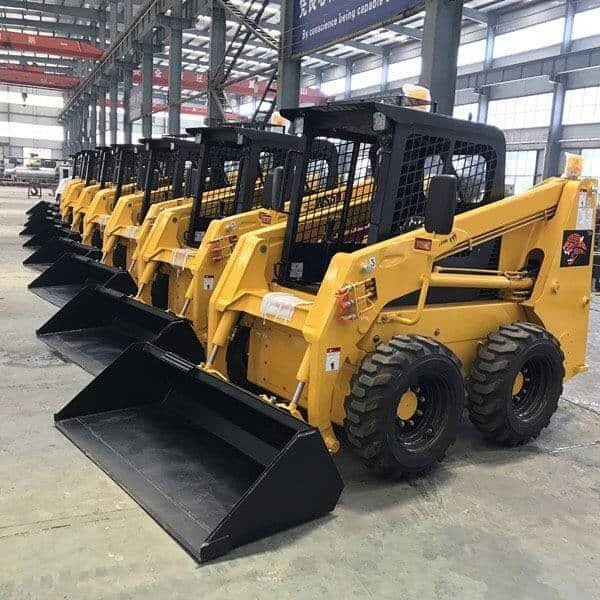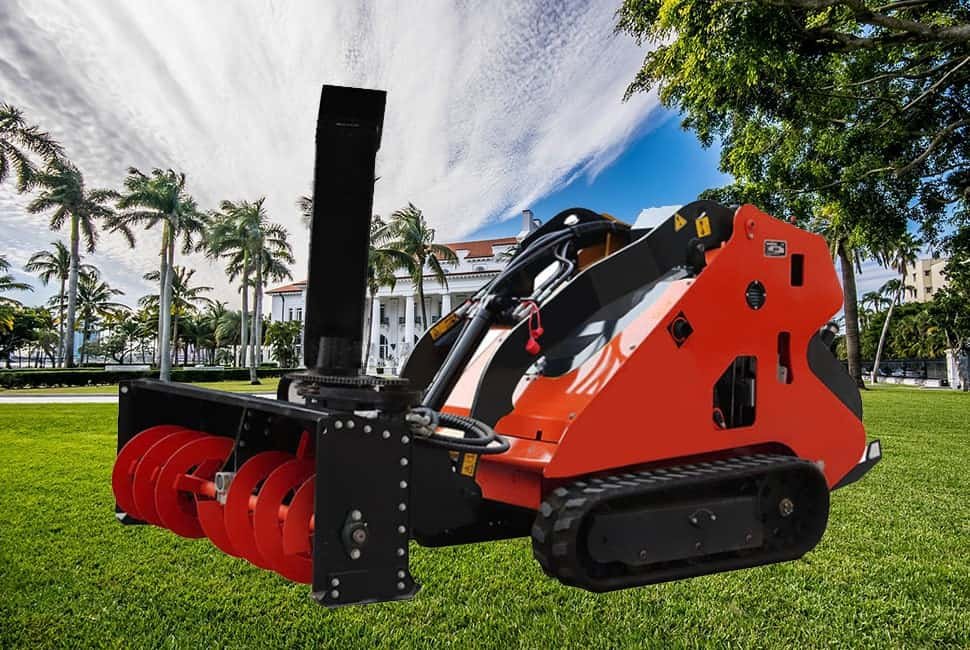Selecting the appropriate machinery for your construction project is pivotal to achieving optimal efficiency and cost-effectiveness. Skid steer vs front loader, while both popular, cater to distinct operational needs. This article will guide you through the critical distinctions between these two types of machinery, empowering you to select the most fitting option for your specific project requirements.
Skid steers are celebrated for their compact design, exceptional maneuverability, and adaptability, which render them perfectly suited for navigating smaller and more confined spaces. In contrast, front loaders are robust, larger-scale machines engineered for tackling heavy-duty tasks, such as the movement of substantial material volumes. Gaining insight into the unique strengths of each machine is crucial for making a well-informed decision for your upcoming project.
With the general differences now outlined, let’s delve deeper into the specific features and benefits that each machine offers.
¿Qué es un novio de skid?
A skid steer is a small, compact machine that is commonly used in construction, landscaping, and agriculture. It has a unique design where the wheels or tracks are fixed, and the machine turns by skidding its wheels in opposite directions.
Skid steers are known for their incredible maneuverability, allowing them to work in tight spaces and perform a variety of tasks with different attachments. These machines can easily navigate through narrow paths and confined job sites.
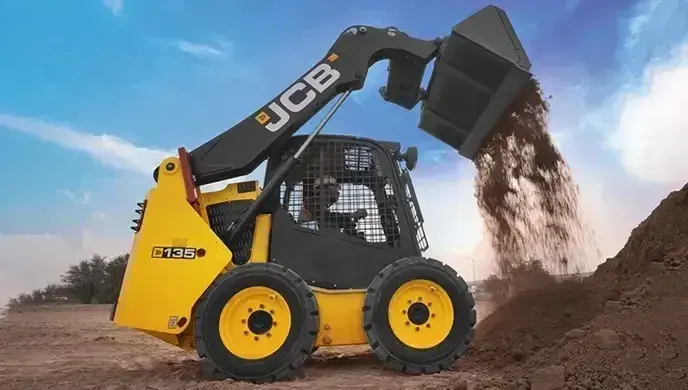
Skid steers are equipped with hydraulic systems that allow operators to quickly switch attachments like buckets, snowplows, and brush cutters. They are ideal for tasks such as digging, lifting, grading, and even demolition in small spaces. Their versatility makes them perfect for smaller, crowded job sites where larger machinery might be too cumbersome.
What is a Front Loader?
A front loader is a large, heavy-duty machine with a bucket mounted on the front. It is designed for moving large volumes of material, such as dirt, gravel, and snow, across construction sites or farms.
Front loaders are known for their strength and stability. They are ideal for handling heavy loads, providing a high level of power and efficiency, especially in large-scale projects like road construction and material handling.
Unlike skid steers, front loaders typically feature a larger bucket capacity, allowing them to carry more material at once. They also tend to be more stable, with a better weight distribution and a lower center of gravity, making them suitable for heavy lifting tasks. However, they are not as agile as skid steers, and their large size can limit their use in confined spaces.
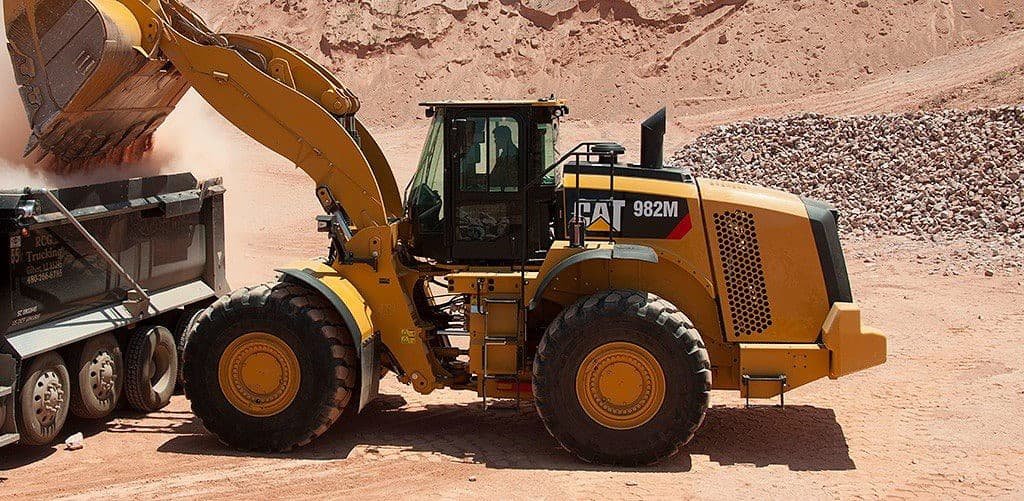
Skid Steer vs Front Loader: Key Differences
Though both skid steers and front loaders are adept at lifting and moving materials, they possess distinct characteristics in terms of size, maneuverability, and load capacity that make them suitable for different scenarios.
Skid steers, with their compact design and exceptional maneuverability, are ideally suited for confined spaces. Their nimbleness allows them to navigate tight quarters with ease. Conversely, front loaders, with their larger size and robust power, are better equipped for heavy-duty material handling in more spacious settings.
Skid steers truly shine in environments with limited space. Their unique ability to turn on a dime within their own footprint enables them to operate in areas that would be inaccessible to front loaders. However, front loaders come into their own on large-scale projects where the movement of bulk materials takes precedence. Thanks to their substantial buckets and enhanced lifting capacity, front loaders are capable of managing significantly heavier loads and covering greater distances with each pass.
What is the Advantage of the Skid Steer over a Normal Loader?
Skid steers outshine traditional loaders in several key areas, particularly when it comes to operational agility and navigating tight spaces with ease.
The standout advantage of skid steers over conventional loaders is their unparalleled ability to operate in confined and restricted areas. These compact machines can swiftly maneuver and execute spot turns, rendering them perfect for tasks where spatial constraints are a significant factor.
Skid steers are generally much more compact and lightweight compared to their larger counterparts, enabling them to reach areas that might be challenging for traditional loaders. Moreover, their versatility is amplified by the ability to equip them with a variety of attachments, transforming them into multifunctional tools capable of handling tasks such as snow removal, digging, and even lifting heavy objects with ease. Their all-terrain prowess and swift movements have also made them a preferred choice among farmers and landscape professionals.
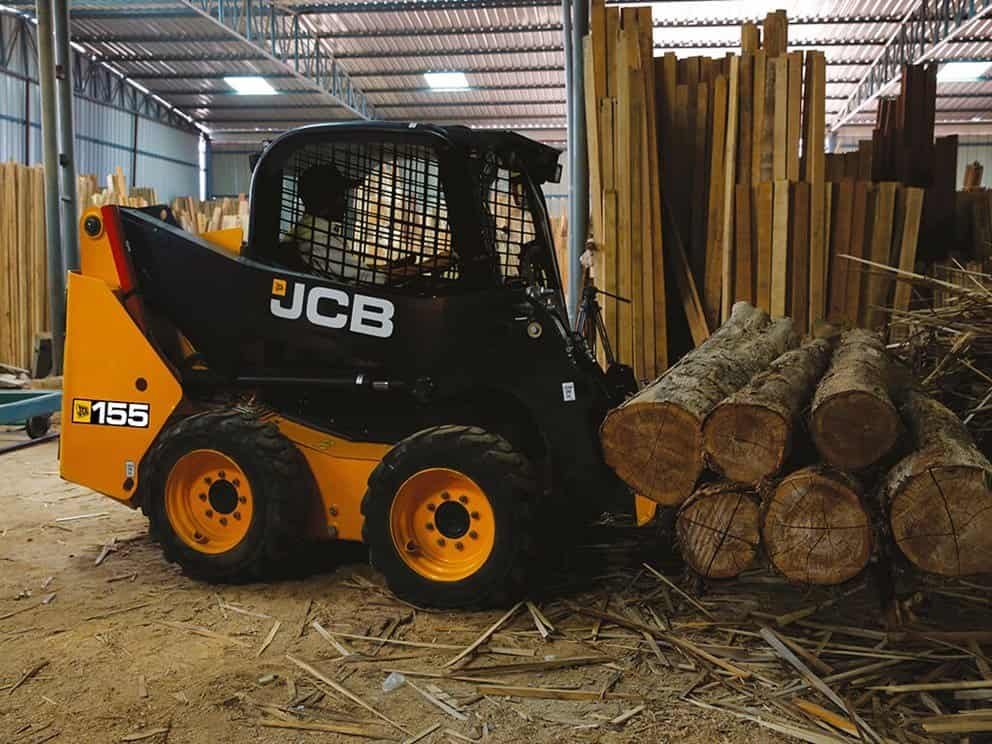
What Are the Disadvantages of Skid Steers?
While skid steers are incredibly versatile, they do come with some drawbacks that may make them less suitable for certain tasks.
Skid steers tend to be less stable than front loaders, especially when handling very heavy loads. Their smaller size also limits the volume of material they can move at once.
Skid steers are great for small tasks, but they are not designed to carry massive loads. When it comes to large-scale material handling, a skid steer may not be able to compete with the power and stability of a front loader. Additionally, the lack of stability, especially on uneven terrain, can make them prone to tipping when handling large weights. They also have limited lifting height, which might restrict their use in certain tasks.
What is the Difference Between a Skid Steer and a Track Loader?
Skid steers and track loaders are both highly versatile pieces of machinery, yet they distinguish themselves primarily in their drivetrain mechanisms and traction capabilities.
The fundamental distinction between a skid steer and a track loader lies in the latter’s use of tracks in place of wheels, which affords superior traction and stability on uneven or soft terrains. Track loaders are engineered to thrive in challenging environments, such as muddy or sandy conditions. Their tracks efficiently distribute the machine’s weight across a larger surface area, mitigating the risk of becoming mired or submerged.
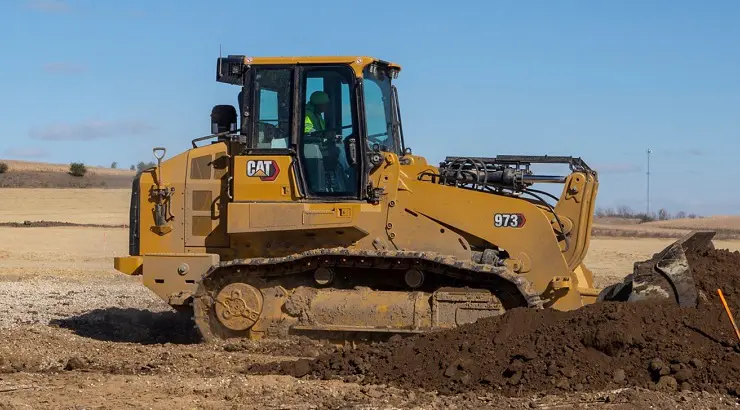
In contrast, skid steers excel in dry, solid conditions where their agility and high maneuverability are most advantageous. Although skid steers can be fitted with tracks, track loaders often surpass them in off-road performance, making them the preferred choice for navigating rough and unstable landscapes.
Is a Skid Steer the Same as a Front End Loader?
While they might be easily mistaken for one another, a skid steer and a front-end loader are distinct in terms of size, design, and functionality.
Skid steers are known for their compact build, which contrasts with the more substantial frame of front-end loaders. Skid steers are tailored for smaller-scale tasks that require precision in confined spaces, whereas front-end loaders are designed for heavy-duty operations that demand strength and reach.
Front-end loaders, with their larger size and robust power, are perfectly suited for moving substantial amounts of material over extended distances. They excel in construction scenarios where high lifting capacity and stability are paramount. Conversely, skid steers, with their smaller stature and versatility, can be equipped with an array of attachments, making them well-suited for tackling smaller jobs and navigating tight spaces with ease.
Track Loader vs Skid Steer
When evaluating the merits of track loaders and skid steers, it’s crucial to consider the distinct scenarios in which each type of machinery truly shines.
Track loaders offer exceptional traction and stability, particularly on soft or uneven terrain, where their performance outshines that of skid steers. These machines are equipped with tracks that distribute the weight of the equipment over a broader area, thus averting the pitfalls of sinking into soft or muddy ground. This feature makes them the go-to choice for construction projects that encounter wet or muddy conditions.
In contrast, skid steers, with their compact size and nimble movement, are more adept at navigating tight spaces. They are often the preferred option for urban settings or small job sites where space is at a premium. Their agility and the ability to maneuver in confined areas make them ideal for tasks that require precision and speed in limited surroundings.
Difference Between Skid Steer and Track Loader
Grasping the distinctions between skid steers and track loaders is essential for selecting the most appropriate machinery to meet the specific demands of your project.
Skid steers are renowned for their swiftness and nimbleness, which are invaluable in construction settings where quick movements and ease of maneuver are paramount. In contrast, track loaders boast superior traction and are engineered to tackle more arduous terrain with ease.
These compact workhorses, the skid steers, truly excel in tight quarters where their agility and maneuverability are crucial for navigating confined spaces. Conversely, track loaders are designed to take on heavier and more strenuous tasks, particularly in locales characterized by soft or uneven ground. The tracks on these machines offer enhanced stability, positioning them as the preferred choice for projects that necessitate substantial lifting in less-than-ideal conditions.
Which is Better for Your Project?
So, which machine is right for your project? It ultimately depends on the scope and nature of the job.
If you need a machine that can work in tight spaces and handle a variety of tasks, a skid steer is the best option. However, for heavy-duty material handling in large, open areas, a front loader or track loader would be more appropriate.
Consider your project’s terrain, size, and material handling requirements. Smaller, more confined projects with lighter materials are better suited to skid steers, while larger, more challenging jobs may require the power and capacity of a front loader or track loader.
Resumen
Choosing between a skid steer and a front loader comes down to the specific needs of your project. Assess the space, material volume, and terrain to make an informed decision.

